Home>Home Appliances>Laundry Appliances>How To Break A Washing Machine
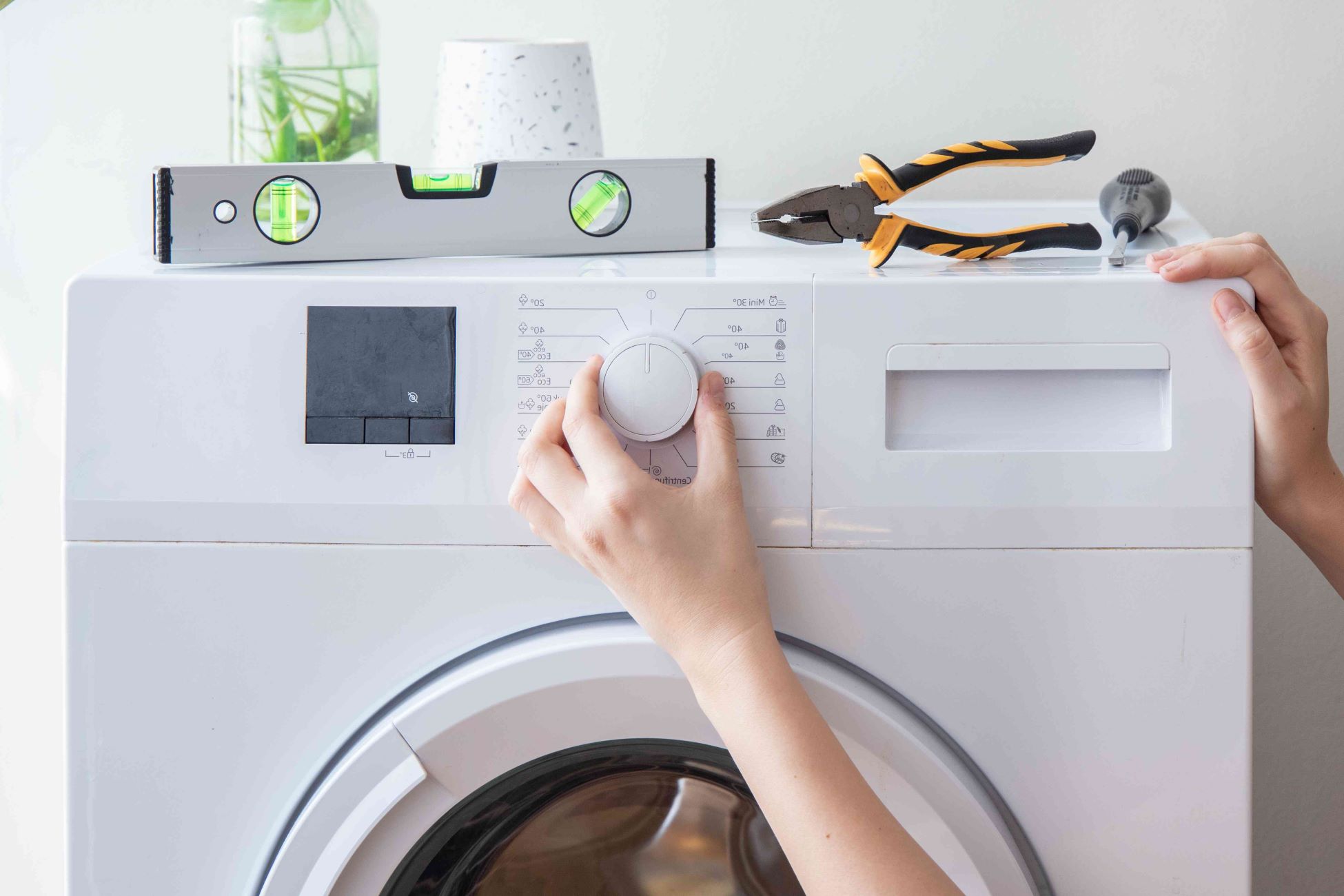

Laundry Appliances
How To Break A Washing Machine
Modified: February 23, 2024
Learn how to troubleshoot and fix laundry appliances with our comprehensive guide on how to break a washing machine. Discover common issues and solutions.
(Many of the links in this article redirect to a specific reviewed product. Your purchase of these products through affiliate links helps to generate commission for Storables.com, at no extra cost. Learn more)
Signs of a Faulty Washing Machine
Identifying the signs of a faulty washing machine is crucial for maintaining the efficiency and longevity of this essential household appliance. By recognizing these indicators early on, you can address potential issues before they escalate into major malfunctions. Here are some common signs that your washing machine may be experiencing problems:
-
Excessive Noise: Unusual sounds during the wash cycle, such as banging, clanking, or grinding, can indicate underlying mechanical issues within the machine. These noises may stem from worn-out bearings, loose components, or imbalanced loads.
-
Leakage: Puddles of water forming around the washing machine can signal leaks in the internal hoses, pump, or tub. It's important to address leaks promptly to prevent water damage to the surrounding area and potential electrical hazards.
-
Foul Odors: Persistent musty or moldy smells emanating from the washing machine could indicate the presence of mold or mildew. This can result from moisture accumulation in the drum or detergent compartment, highlighting the need for thorough cleaning and maintenance.
-
Inadequate Cleaning: If your clothes are not emerging from the wash cycle as clean as they should be, it may indicate a problem with the agitator, water inlet valve, or detergent dispenser. Insufficient cleaning performance can also be attributed to clogged filters or drainage issues.
-
Vibration and Movement: Excessive shaking or movement of the washing machine during operation can be a sign of an unbalanced load, uneven flooring, or worn-out shock absorbers. Prolonged vibration can lead to damage to the machine and nearby structures.
-
Failure to Drain or Spin: When the washing machine fails to drain water or complete the spin cycle, it may be indicative of clogged drain hoses, a malfunctioning pump, or issues with the lid switch or belt.
-
Electrical Malfunctions: Any irregularities in the machine's electrical functions, such as flickering lights, unresponsive controls, or tripped circuit breakers, should be promptly investigated to prevent potential safety hazards.
By remaining vigilant for these warning signs, you can proactively address potential issues with your washing machine, ensuring its continued functionality and performance. Regular maintenance and timely repairs can help extend the lifespan of your appliance and prevent inconvenient breakdowns.
Key Takeaways:
- Keep an ear out for strange noises, watch for leaks, and tackle foul odors to catch washing machine problems early. Regular maintenance can extend its life and prevent inconvenient breakdowns.
- Overloading, imbalanced loads, and hard water buildup can lead to washing machine breakdowns. Proper maintenance and responsible disposal can help minimize environmental impact.
Read more: How To Reset A Washer
Common Causes of Washing Machine Breakdown
Washing machines are intricate appliances that can succumb to various issues, leading to breakdowns that disrupt the seamless flow of household chores. Understanding the common causes of washing machine breakdowns is essential for homeowners to maintain these appliances effectively. Here are the primary factors that can contribute to washing machine malfunctions:
-
Overloading: One of the most prevalent causes of washing machine breakdowns is overloading. When the machine is overloaded with an excessive amount of laundry, it strains the motor, bearings, and other internal components. This strain can lead to premature wear and tear, ultimately resulting in mechanical failures.
-
Imbalanced Loads: Unevenly distributed laundry within the washing machine can cause it to vibrate excessively during the spin cycle. This continuous vibration can damage the machine's suspension system, leading to imbalances and potential breakdowns.
-
Hard Water Buildup: In areas with hard water, mineral deposits can accumulate within the washing machine's internal mechanisms over time. This buildup can clog the water inlet valve, impede the flow of water, and cause damage to the drum and other components, ultimately leading to operational issues.
-
Clogged Drains and Filters: Accumulated lint, debris, and foreign objects in the washing machine's drain pump or filters can obstruct water drainage and impede the overall functionality of the appliance. This can lead to drainage problems, water retention, and potential damage to the pump and associated components.
-
Detergent Residue: Excessive use of detergent or fabric softener can result in residue buildup within the washing machine. Over time, this residue can lead to mold and mildew growth, causing foul odors and potentially damaging the machine's interior.
-
Worn Out Seals and Hoses: The rubber seals and hoses in a washing machine are susceptible to wear and tear over time. Cracked or degraded seals and hoses can lead to water leaks, compromising the appliance's performance and potentially causing water damage to the surrounding area.
-
Electrical Issues: Faulty wiring, damaged power cords, or issues with the control board can lead to electrical malfunctions in the washing machine. These issues can manifest as erratic behavior, power surges, or complete operational failures.
Understanding these common causes of washing machine breakdowns empowers homeowners to take proactive measures to prevent potential issues. By adhering to proper usage guidelines, performing regular maintenance, and addressing any emerging issues promptly, individuals can prolong the lifespan of their washing machines and minimize the risk of unexpected breakdowns.
Steps to Safely Break a Washing Machine
Breaking a washing machine may seem counterintuitive, but there are instances where it becomes necessary, such as when the appliance is irreparably damaged or obsolete. Safely dismantling a washing machine involves several systematic steps to ensure the process is conducted efficiently and without risk of injury. Here's a comprehensive guide to safely breaking down a washing machine:
-
Preparation and Safety Measures: Before initiating the dismantling process, it's crucial to unplug the washing machine from the power source to eliminate the risk of electrical hazards. Additionally, ensure the water supply to the machine is disconnected to prevent leaks and water damage during the disassembly.
-
Emptying the Machine: To prepare the washing machine for dismantling, remove any remaining laundry, detergent, and other items from the drum and compartments. Thoroughly clean the interior to eliminate any residual detergent or debris.
-
Removing External Components: Start by detaching the external components, such as the control panel, knobs, and door. Carefully unscrew and remove these parts, ensuring they are set aside in a secure location for potential reuse or recycling.
-
Disconnecting Internal Components: Proceed to disconnect the internal components, including the drum, motor, and wiring harnesses. Use appropriate tools to loosen and remove the fasteners securing these components in place.
-
Separating the Drum and Tub: Once the internal components are detached, separate the drum from the tub assembly. This may require disassembling the suspension system and other supporting structures to access and remove the drum.
-
Dismantling the Tub and Frame: With the drum removed, focus on dismantling the tub and frame of the washing machine. Carefully disassemble the tub, ensuring any remaining water is drained, and remove the frame to access the internal mechanisms.
-
Sorting and Disposal: As the washing machine components are dismantled, sort them into categories such as metal, plastic, and electronic parts. This facilitates the proper disposal and recycling of the materials in accordance with environmental regulations.
-
Disposal of Hazardous Materials: Certain components of the washing machine, such as the motor and electronic circuitry, may contain hazardous materials. It's essential to handle and dispose of these components in compliance with local regulations to minimize environmental impact.
By following these systematic steps, individuals can safely break down a washing machine, facilitating the proper disposal and recycling of its components. It's important to consider environmentally responsible disposal methods, such as recycling metal and plastic components, to minimize the impact on the environment. Additionally, individuals can explore local recycling facilities or appliance disposal services to ensure the washing machine components are handled in an eco-friendly manner.
Tips for Disposing of a Broken Washing Machine
When it comes to disposing of a broken washing machine, it's essential to approach the process with careful consideration for environmental impact and safety. Here are several tips to guide individuals through the responsible disposal of a malfunctioning or obsolete washing machine:
-
Consult Local Regulations: Before disposing of a broken washing machine, it's crucial to familiarize oneself with local regulations governing the disposal of large appliances. Many municipalities have specific guidelines for the proper disposal of washing machines to ensure compliance with environmental standards.
-
Recycling Opportunities: Explore recycling opportunities for washing machine components, particularly metal and plastic parts. Many recycling facilities accept large appliances and can process them to recover valuable materials, reducing the environmental impact of disposal.
-
Professional Disposal Services: Consider engaging professional appliance disposal services that specialize in handling large and heavy items such as washing machines. These services can ensure the safe removal and transportation of the appliance, often facilitating its proper recycling or disposal in accordance with regulations.
-
Donate or Sell Functional Parts: If certain components of the broken washing machine are still functional, consider donating or selling them. Parts such as the motor, control panel, or door assembly may be valuable to individuals seeking replacements for their own appliances.
-
Secure Transportation: When transporting the broken washing machine for disposal, ensure it is safely secured to prevent any potential hazards during transit. This includes securing loose components and ensuring the appliance is transported in an upright position to prevent damage.
-
Hazardous Materials Handling: Be mindful of any hazardous materials within the washing machine, such as mercury switches or electronic components. These materials should be handled and disposed of in accordance with local regulations to minimize environmental impact and potential health risks.
-
Reuse or Repurpose: Explore opportunities to repurpose or reuse certain components of the broken washing machine. For example, the drum can be upcycled into a fire pit or used as a planter, offering a creative and sustainable alternative to traditional disposal methods.
By adhering to these tips, individuals can navigate the process of disposing of a broken washing machine in a responsible and environmentally conscious manner. Prioritizing recycling, compliance with regulations, and safe handling practices ensures that the impact of appliance disposal on the environment is minimized, contributing to sustainable waste management practices.
Importance of Proper Maintenance for Preventing Washing Machine Breakdown
Proper maintenance is paramount in safeguarding the functionality and longevity of a washing machine. By adhering to a routine maintenance regimen, homeowners can mitigate the risk of unexpected breakdowns and prolong the appliance's operational lifespan. Here's an in-depth exploration of the significance of proper maintenance for preventing washing machine breakdowns.
Read more: How To Reset Kenmore Washer
Enhanced Performance and Efficiency
Regular maintenance, including cleaning the detergent dispenser, unclogging filters, and inspecting hoses, promotes optimal performance and efficiency. By eliminating debris and buildup, the washing machine can operate at its full capacity, ensuring thorough cleaning of laundry while conserving energy and water.
Prevention of Mechanical Failures
Scheduled maintenance enables early detection of potential mechanical issues, such as worn-out seals, damaged hoses, or malfunctioning components. Addressing these issues promptly through maintenance tasks such as lubrication, tightening loose connections, and replacing worn parts can prevent more extensive and costly breakdowns.
Preservation of Internal Components
Proactive maintenance safeguards the internal components of the washing machine from premature wear and tear. Regular inspection and cleaning of the drum, agitator, and pump prevent the accumulation of debris and mineral deposits, preserving the integrity of these vital elements and reducing the likelihood of operational disruptions.
Minimization of Water Damage Risks
By routinely examining and maintaining the washing machine's hoses, seals, and connections, homeowners can mitigate the risk of water leaks and potential water damage to the surrounding area. This proactive approach not only safeguards the appliance but also contributes to a safe and dry laundry environment.
Read more: How To Clean Washer And Dryer
Longevity and Cost Savings
A well-maintained washing machine is more likely to have an extended operational lifespan, reducing the frequency of costly repairs and premature replacements. By investing in regular maintenance, homeowners can realize long-term cost savings and minimize the environmental impact of disposing of and replacing appliances.
Sustained Safety and Reliability
Routine maintenance fosters a safe and reliable laundry experience for homeowners. By ensuring that electrical connections are secure, moving parts are well-lubricated, and potential hazards are promptly addressed, individuals can use their washing machines with confidence and peace of mind.
In essence, the importance of proper maintenance for preventing washing machine breakdowns cannot be overstated. By integrating regular maintenance tasks into their household routines, homeowners can uphold the efficiency, reliability, and longevity of their washing machines, ultimately minimizing the risk of unexpected malfunctions and disruptions to their daily lives.
Frequently Asked Questions about How To Break A Washing Machine
Was this page helpful?
At Storables.com, we guarantee accurate and reliable information. Our content, validated by Expert Board Contributors, is crafted following stringent Editorial Policies. We're committed to providing you with well-researched, expert-backed insights for all your informational needs.
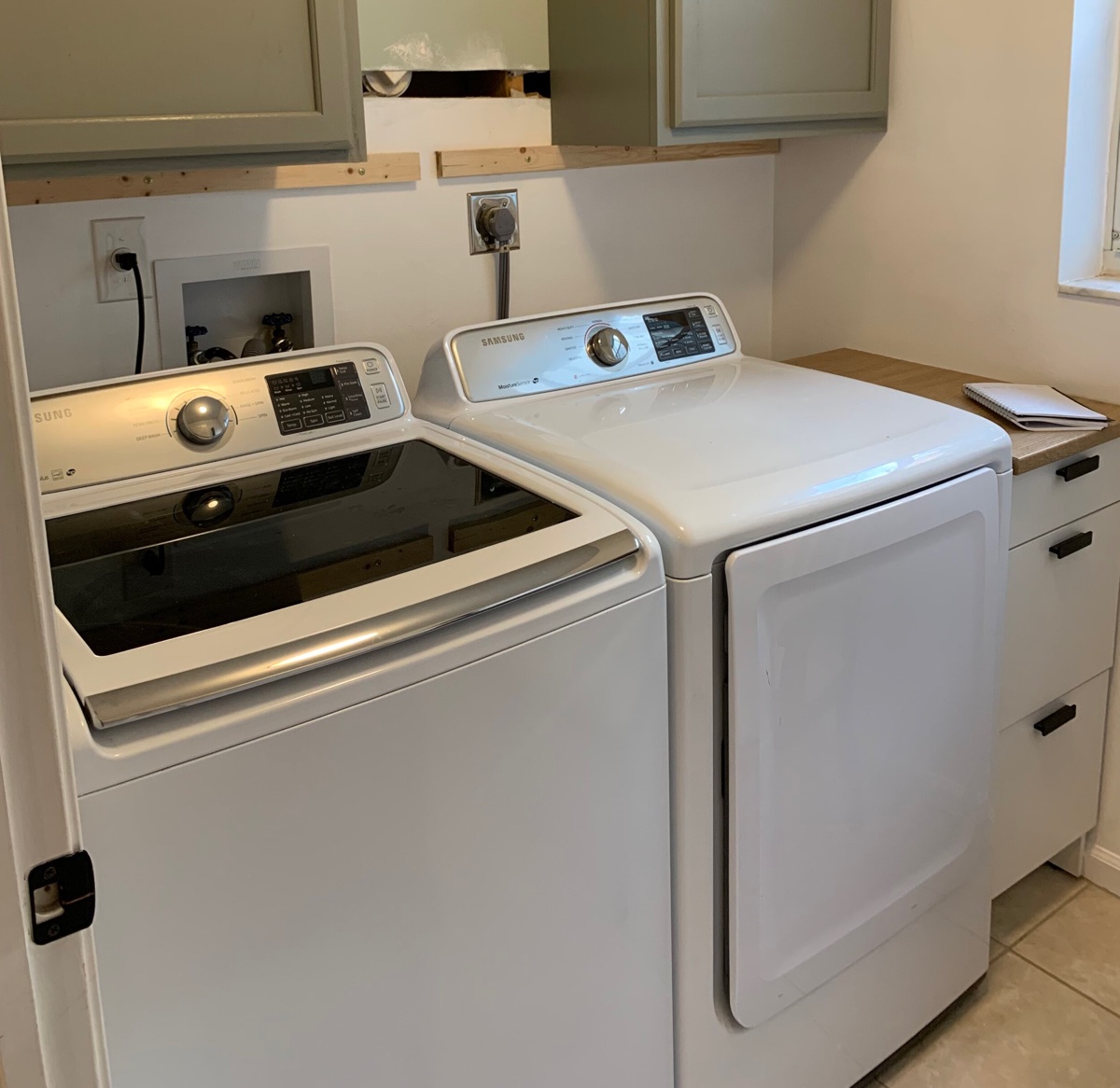
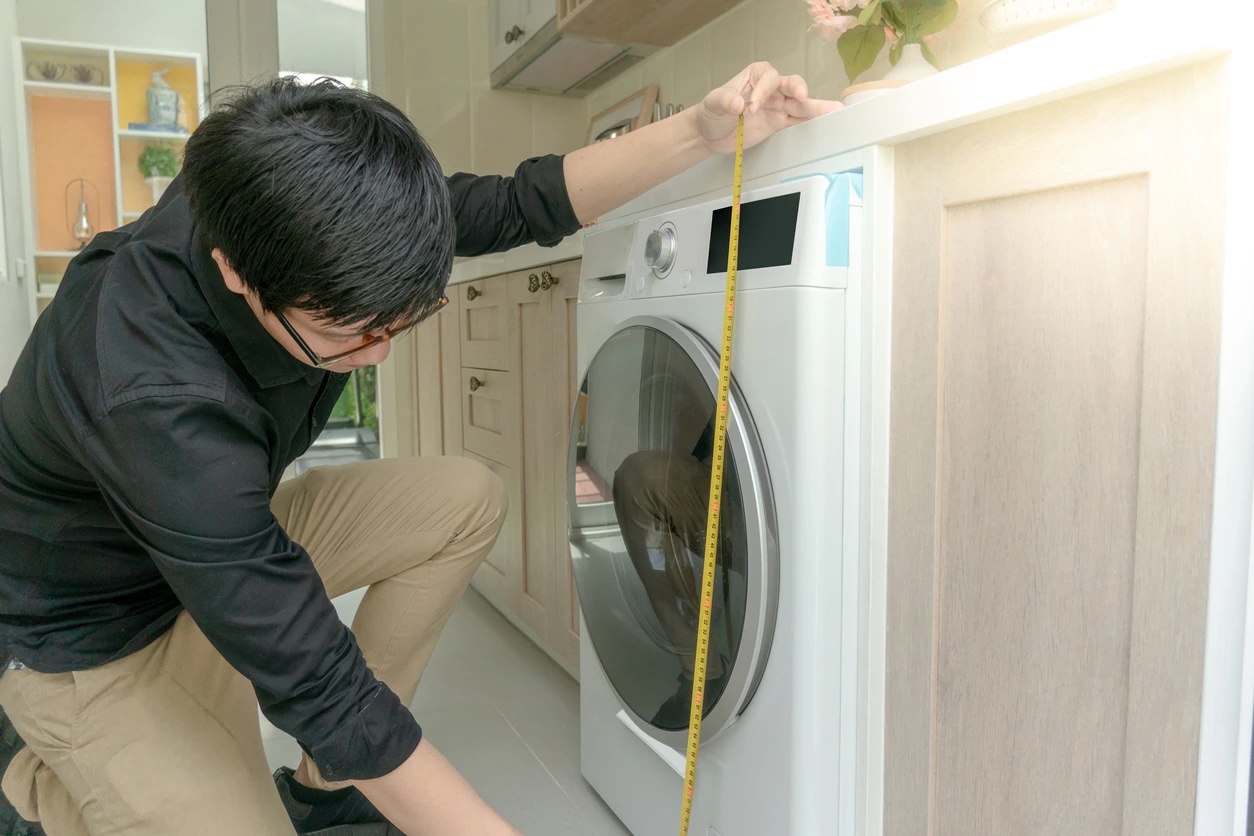
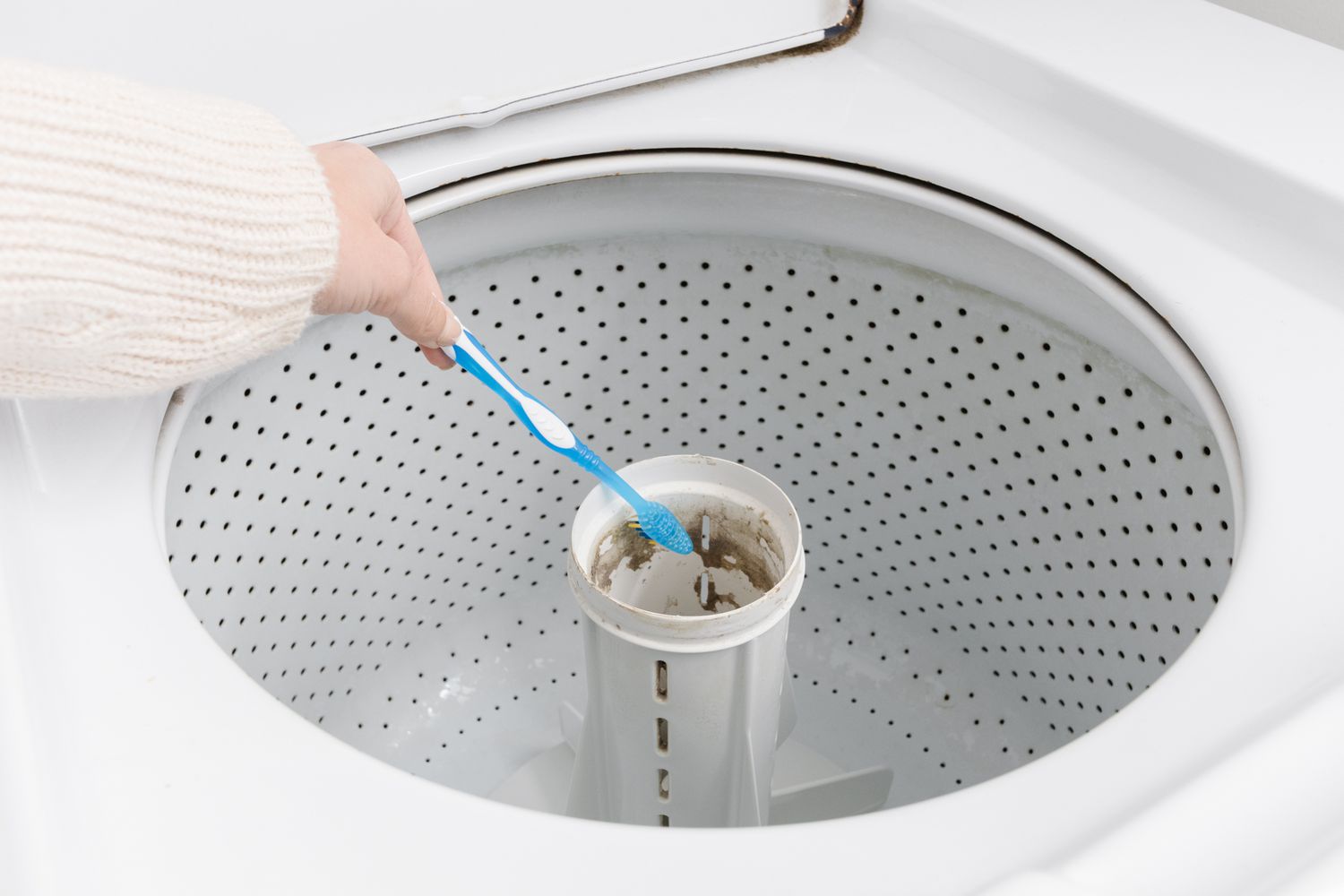

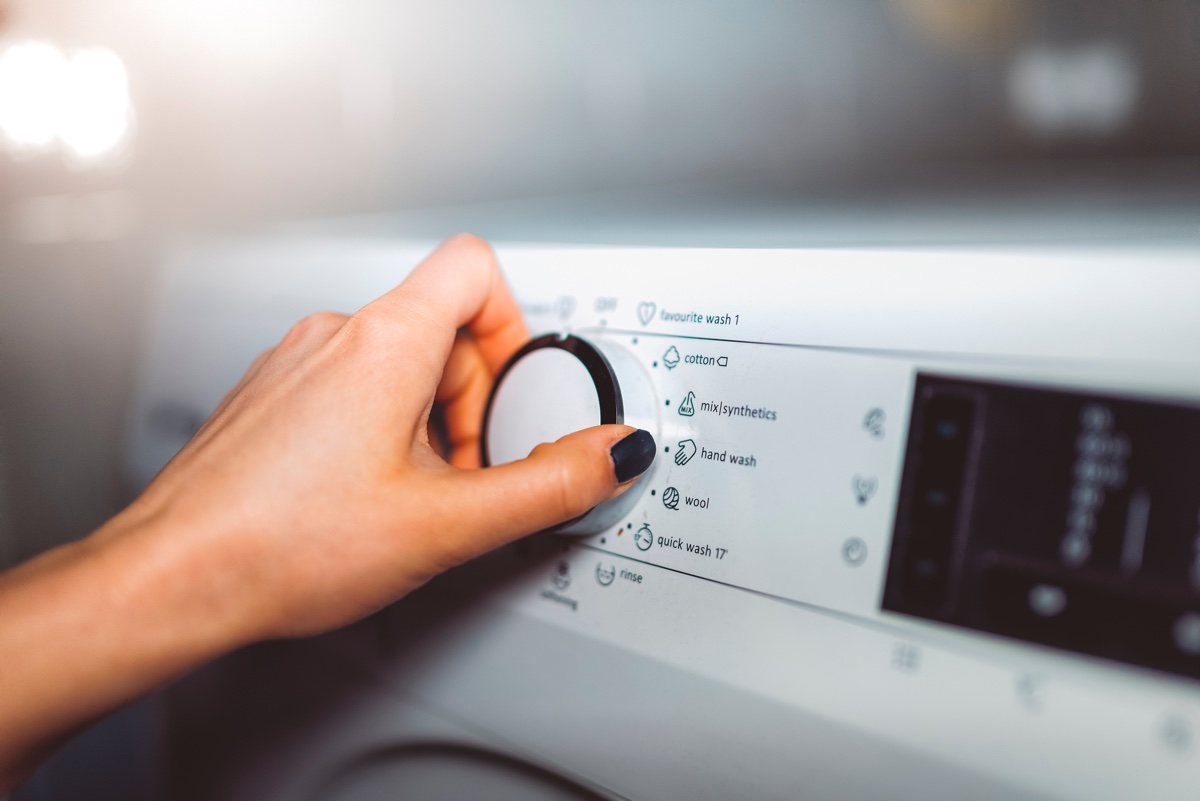

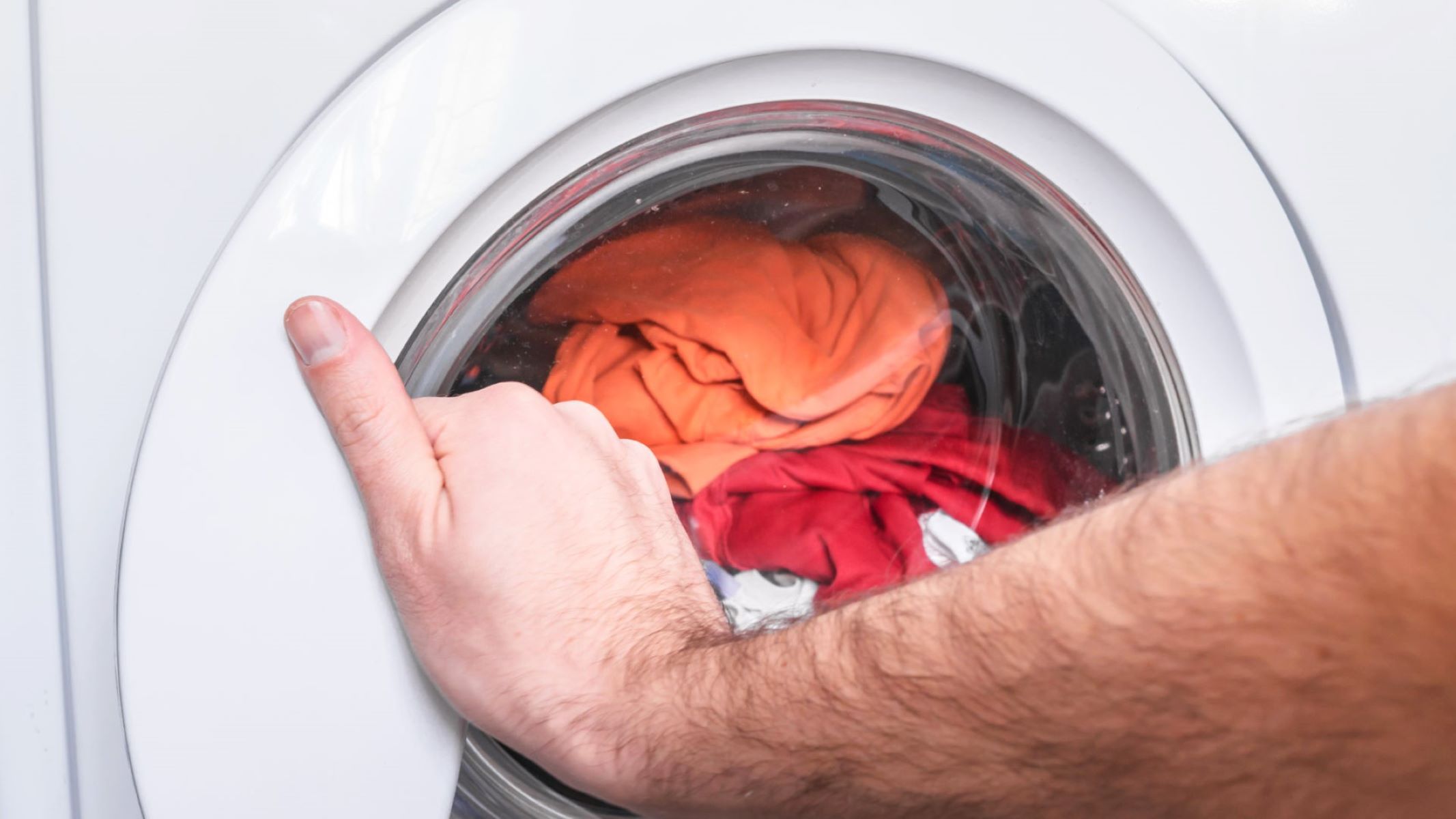

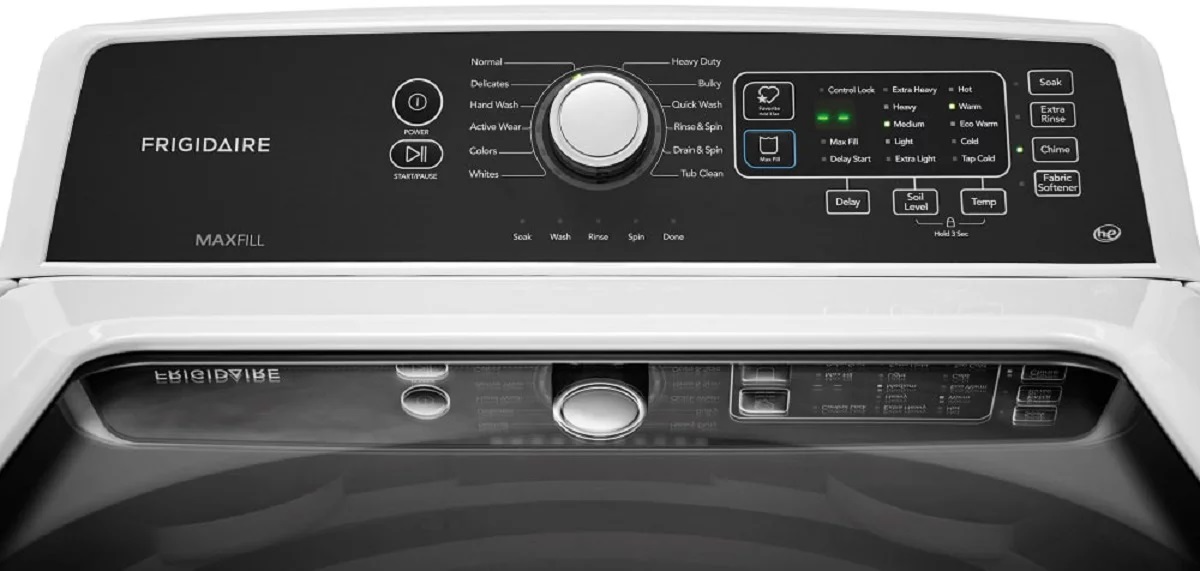
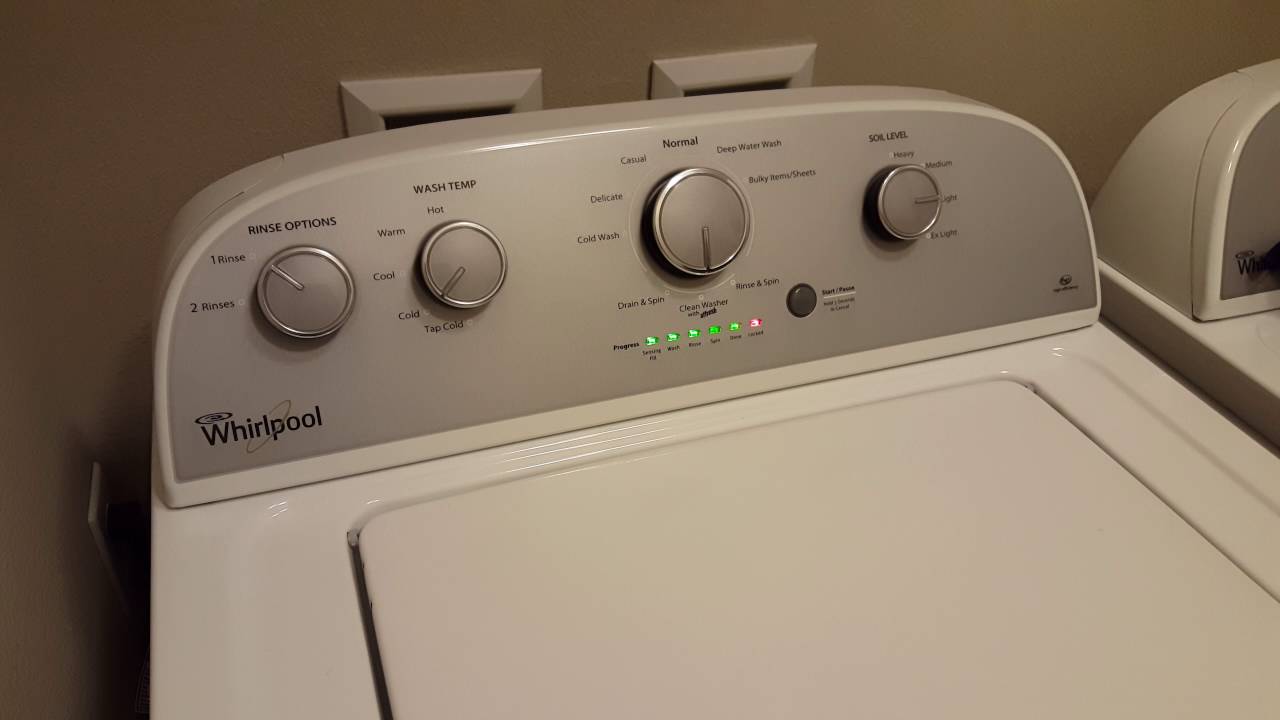

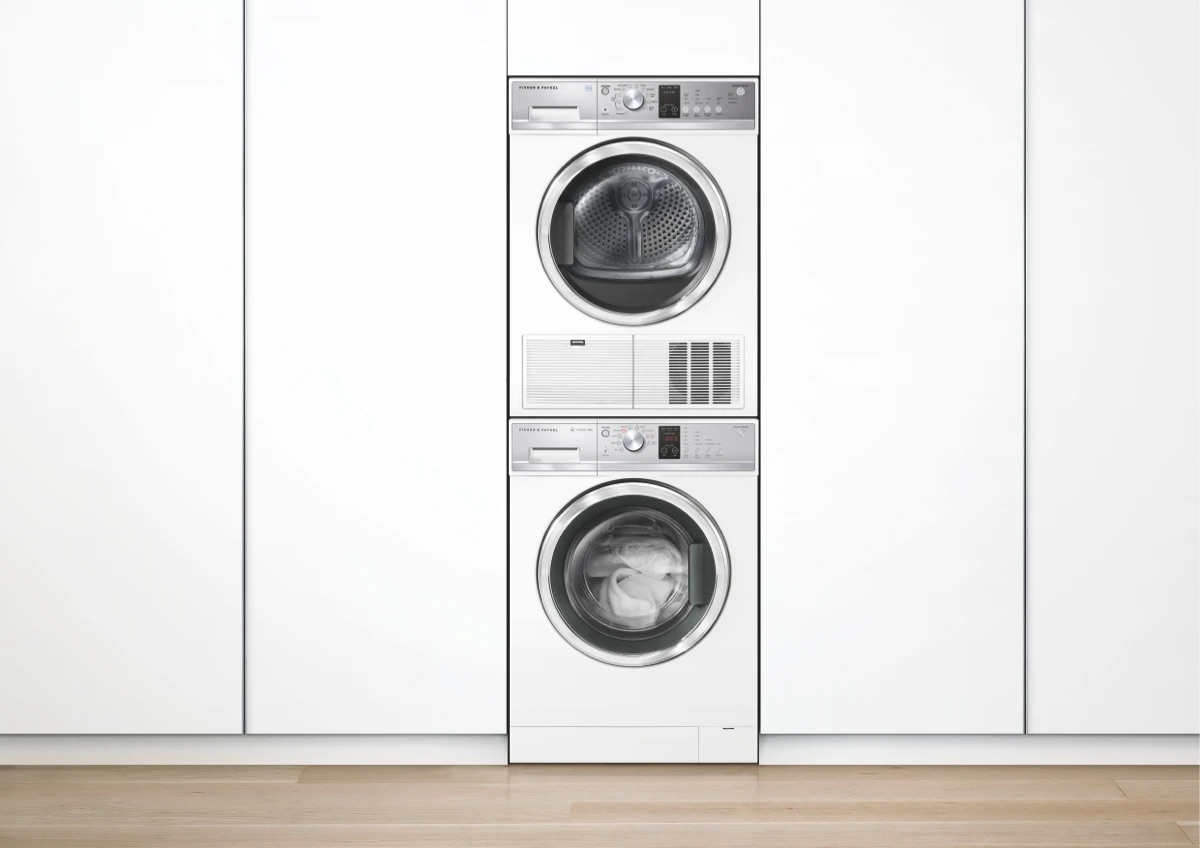
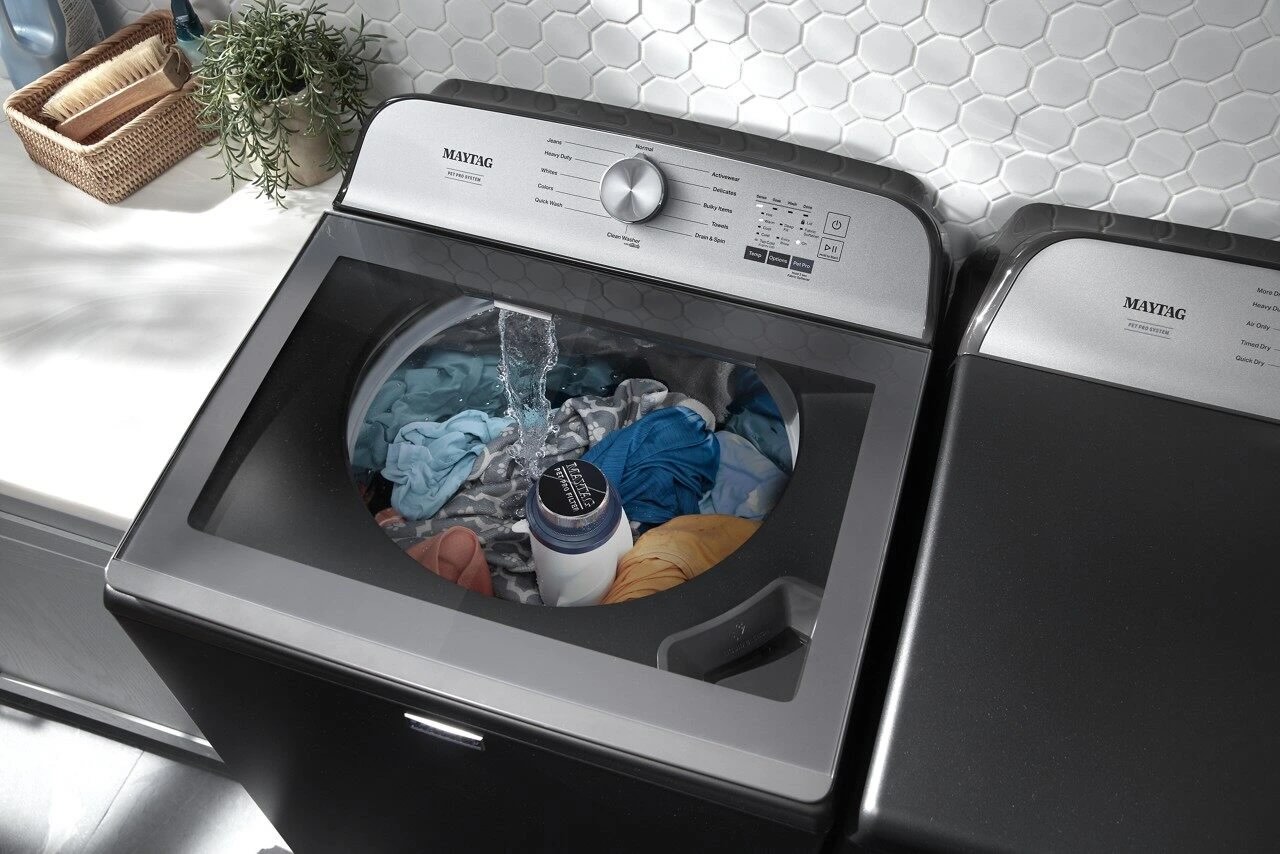

0 thoughts on “How To Break A Washing Machine”